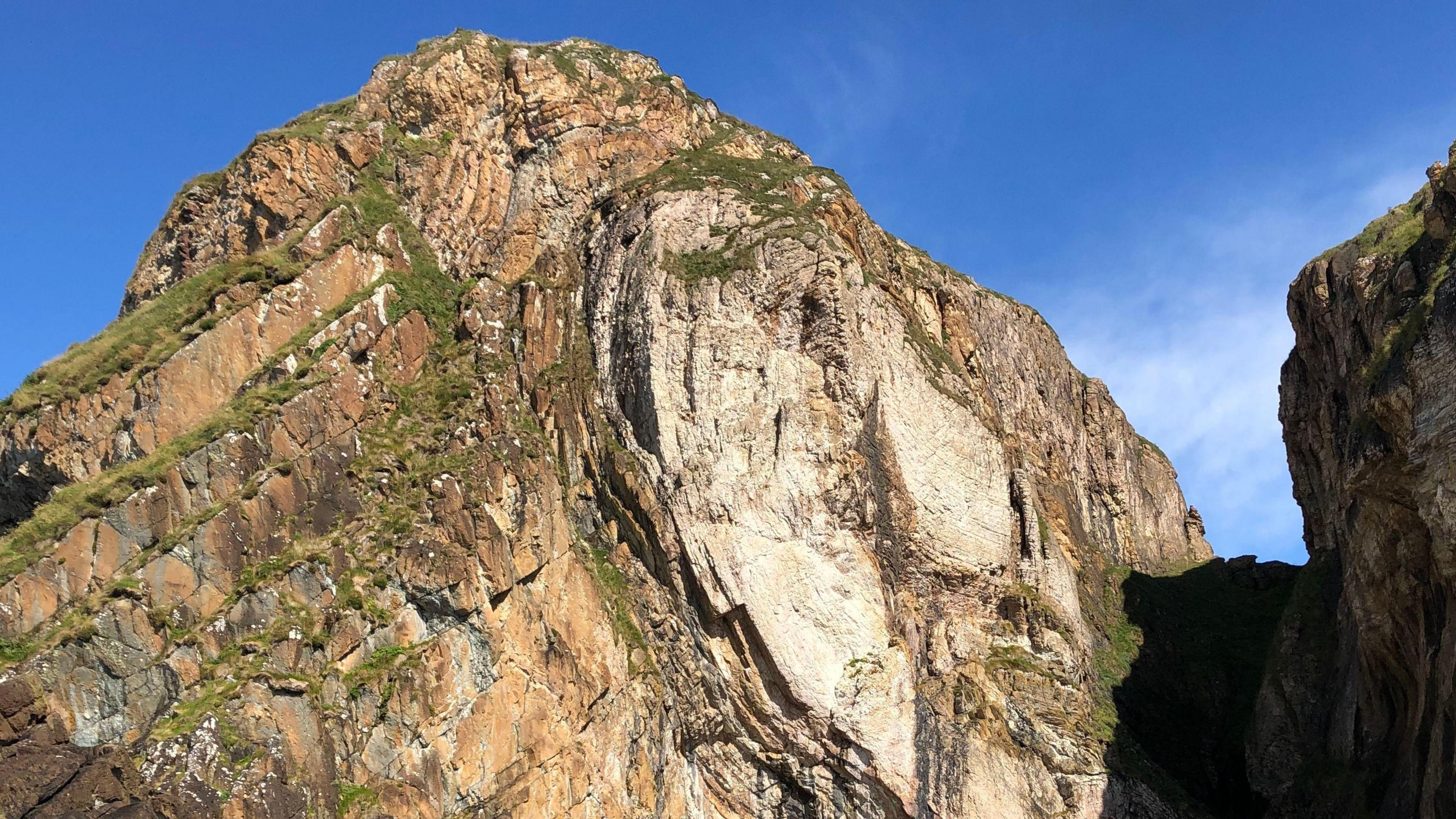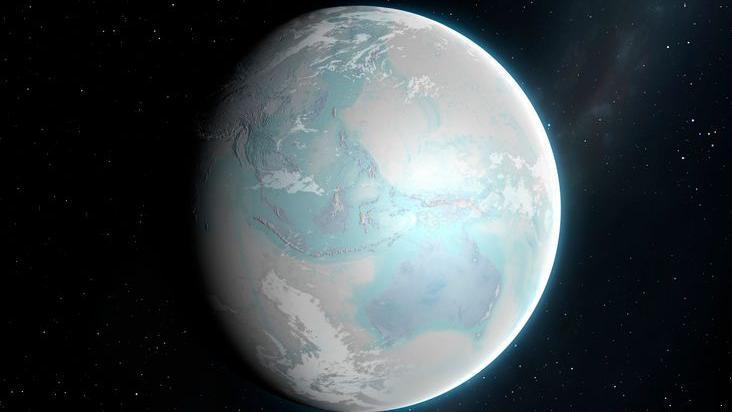Scottish and Irish rocks could help our understanding of the Ice Age

- Published
A Scottish and Irish rock formation could help to explain why the Earth entered its biggest ever Ice Age, according to scientists.
They say the rock formation - known as the Port Askaig Formation - provides evidence of a period called 'snowball Earth'.
The snowball Earth theory says that the planet's oceans and land were covered by ice during at least two extreme cooling events between 2.4 billion and 580-million-years-ago.
These cooling events are thought to have sparked the development of life on Earth.
The scientists believe a section of exposed rock on the Scottish islands called the Garvellachs, shows the transition into snowball Earth from a previously warm and tropical environment.
Experts say it's the first time they've ever seen this evidence, as most areas of the world are missing the layers in rock that record this event.
More science news
- Published13 August 2024
- Published14 August 2024
- Published14 August 2024

The snowball Earth theory suggests the planet was covered by ice during at least two extreme cooling events
A team of scientists led by University College London (UCL) say it's the only place on Earth that has been found to show how our planet entered one of the longest and most severe ice ages in its history – as well as what happened when the first animal life emerged when the snowball Earth thawed hundreds of millions of years ago.
Other rocks that formed at a similar time, like some in North America and in the Southern African country of Namibia, are missing these layers.
Elias Rugen from UCL, who was involved with the study, explained that it was because ancient glaciers eroded away the rocks underneath.
He added the Scottish rocks appeared to show "the very earliest point in time when there is a record of this particular ice age”.
The researchers said the rocks may provide the evidence needed for the site to be declared as a marker for the start of the Cryogenian Period - which scientists believe was when the development of complex life on Earth started.
Professor Graham Shields, of University College London (UCL) Earth Sciences, said: "These rocks record a time when Earth was covered in ice.
"All complex, multicellular life, such as animals, arose out of this deep freeze, with the first evidence in the fossil record appearing shortly after the planet thawed."
